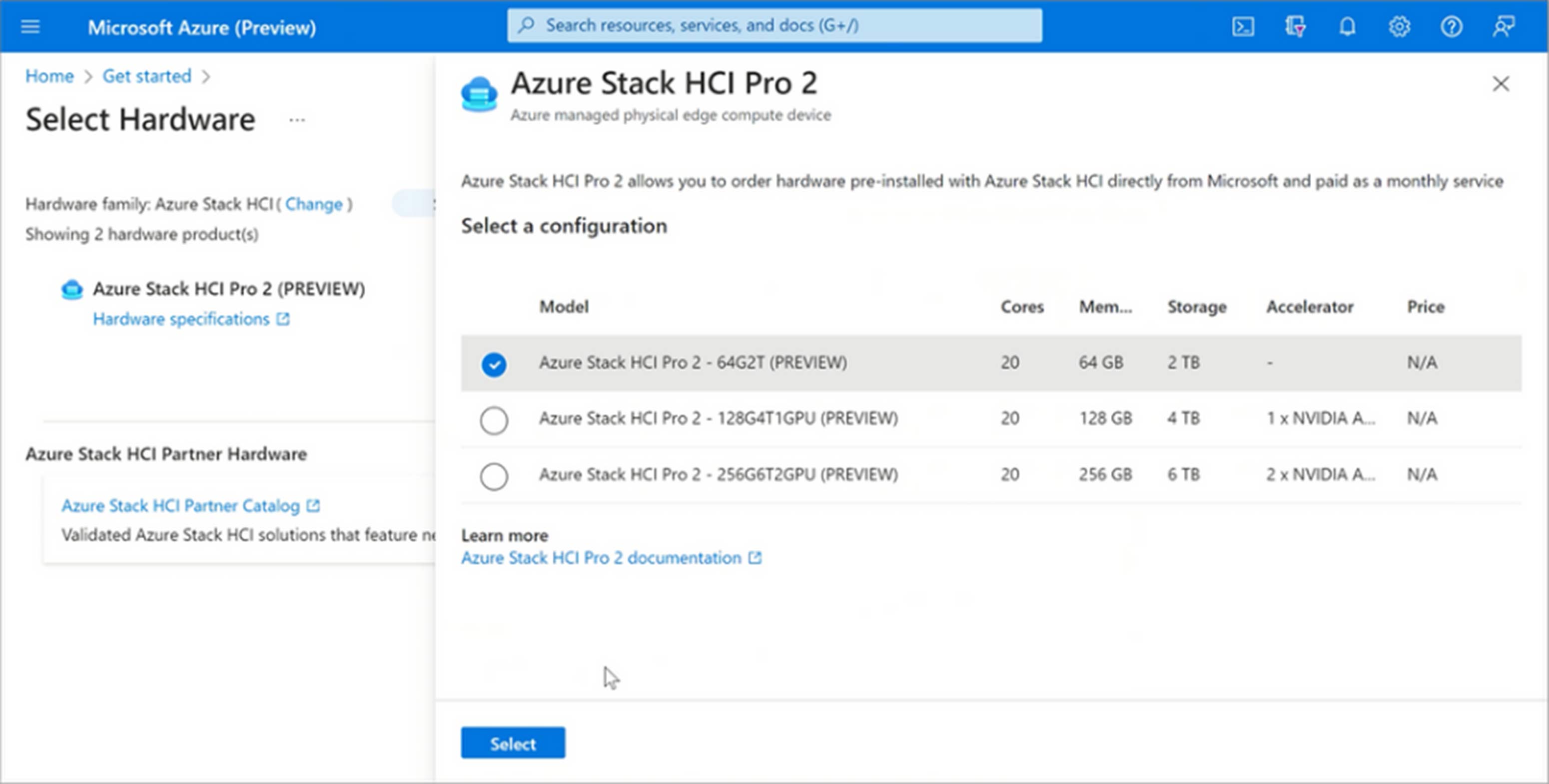The highlights of Microsoft Ignite 2022 – Part 1: Azure.
This year’s Ignite took place in mid-October. After taking place virtually for the last two years, this year it was back in-person in Munich. In case you aren’t familiar with the format, Ignite is the annual technology convention where new services and functions for Microsoft Azure are introduced. In this article I’d like to share what I think are the highlights of the event.
Written by
Hybrid Cloud is everywhere.
Over the course of the past year, since Ignite 2021, Microsoft Azure has been focussing more and more on expanding the hybrid possibilities of all services. This has allowed the functionality of the core service Azure ARC to grow dramatically. What’s new is that in future it will be possible to provide an Azure Kubernetes Cluster (AKS) on an Azure Stack HCI or other Edge solutions directly from the ARC surface. Azure ARC hence becomes an active control element for hybrid and multi-cloud scenarios. This brings with it huge benefits in the administering different IT landscapes and the ability to make use of the advantages of the Azure Cloud from anywhere.
Another highlight is the new Automanage on ARC-activated servers. This provides servers with the automated server lifecycle with features such as monitoring, updating, configuration and security outside of Azure.
There were also some new announcements in the Azure Stack HCI sector. Besides new support options and direct access to Azure Marketplace Images, the updates to Azure Hybrid Benefits for Azure Stack HCI are very interesting. The costs for hardware licencing are waived for Enterprise customers under certain conditions. The guest systems can also be paid for on a pay-as-you-use basis via Azure, which does away with the need to purchase Windows Server licences via traditional licencing contracts.
Speaking of hardware–There are exciting developments here too. From 2023 onwards, Microsoft will be offering its very own Azure Stack HCI Pro 2 hardware option. Similar to the model at the Azure Stack Edge, customers can book hardware options directly from the Azure portal and pay monthly based on consumption. This is an interesting possibility for customers with branch sites that face the challenge of providing certain IT systems on-site despite having a cloud-first strategy.

Cost optimisation in the cloud.
It was announced long ago and now it’s here: The Microsoft Azure saving plan for Compute. A new option to make savings in the Compute sector. Previously, customers could make reservations for one or three years and save costs for services. One disadvantage was that a reservation was always bound to one specific type of service.
With new saving plans that are available this month, customers can sign up to receive certain amount of a service, whichever that is, in return for a better price. This suits the times as nowadays customer environments are changing fast and, from one day to the next, virtual machines may be transformed into containers—savings options like this offer more flexibility.
Infrastructure news in Azure.
There’s also some exciting news in the infrastructure sector. Preview services such as Windows Admin Center in the Azure portal and the DNS Private Resolver are now widely available. New types of machines have also been introduced. I, personally, found the hard drive option exciting. With the Premium SSD v2, Microsoft is releasing a new Azure disk for system-critical applications. With its 64 Tebibytes, 80,000 IOPS and 1.2 Gb throughput it’s one of the fastest disks on the market. What’s so special about this is that customers can decide themselves how large and fast the disk should be depending on application requirements—another step towards cost optimisation.
With Azure Elastic SAN, Microsoft is introducing its first cloud-native, fully-managed SAN service. This new storage service can be linked up to several Azure compute services and enables customers to transfer their SAN workloads to Azure easily without having to make big changes to their storage concept.
My take away.
Our journey with Microsoft Azure is not over yet and in the face of the economic challenges facing many customers, it seems to me that a strong cloud solution like Microsoft Azure can help to solve some of these challenges. It’s Microsoft’s hybrid portfolio in particular that I rate very highly in comparison to other competitors, as it suits many customers' current situation very well.
You can find all the updates on Microsoft Cloud in the “Book of News”.
More to come—In part 2 of my review on Microsoft Ignite 2022, I will introduce the most important updates from the topics of Security and Modern Work.
